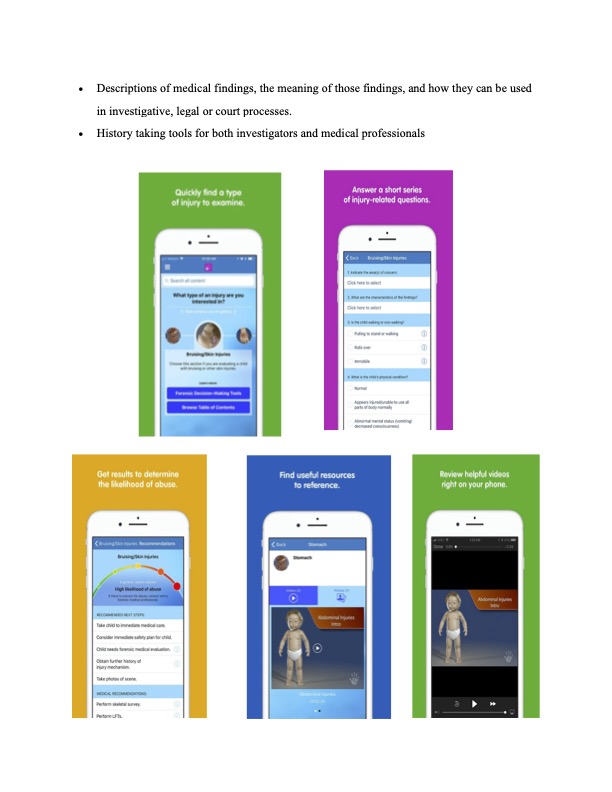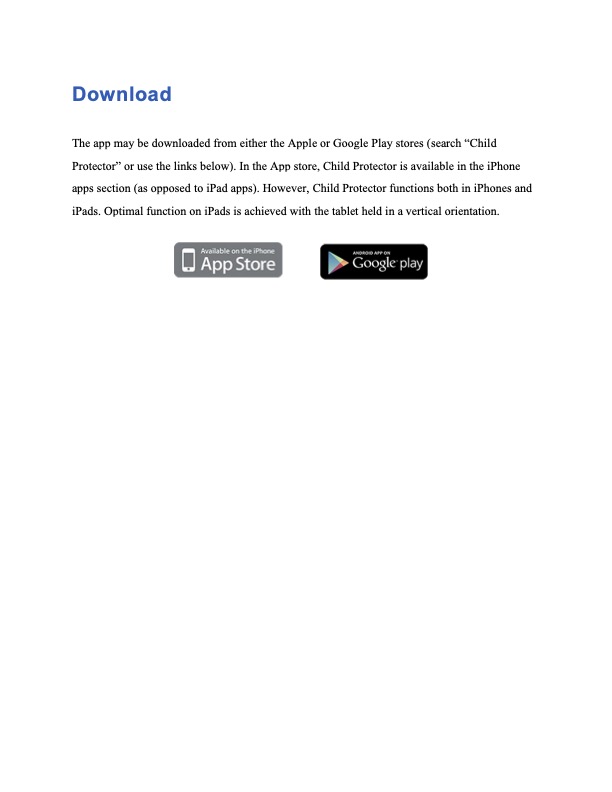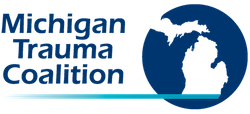Download this page as a PDF file
|
Clinical Tool
|
Intended Population
|
Exclusion Criteria
|
Injuries/Findings
|
Validation Study Results
|
|
Pediatric Brain Injury Research Network (PediBIRN)
|
Children under 3 years of age admitted to the
pediatric ICU with an acute, closed, traumatic cranial or intracranial
injury; tool now also validated in an ED setting19
|
- Imaging reveals “pre-existing brain
malformation, disease, infection, or hypoxia-ischemia”
- Injuries resulting from a motor vehicular collision
|
The 4 variables used were:
- Clinically significant respiratory
compromise any time prior to admission;
- Bruising of the torso, ears, neck;
- Subdural hematoma or fluid bilaterally and/or in the interhemispheric fissure;
- Any skull fracture except a parietalfracture that is isolated, unilateral, nondiastatic, linear
|
When more than 1 variable was present, the sensitivity
was 96% and the specificity was 46%
External Validation of the PediBRN Screening Tool for Abusive Head Trauma in Pediatric Emergency Department Settings
|
|
Predicting Abusive Head Trauma (PredAHT)
|
Hospitalized children under 3 years old presenting
with an intracranial injury
|
Cases where etiology of injury was deemed
“indeterminate”
|
6 features are used in the tool: head or neck
bruising, seizure, apnea, rib fracture, long bone fracture, retinal
hemorrhage
|
With more than 3 features present, sensitivity was
72.3% and specificity was 85.7%
|
|
Pittsburgh Infant Brain Injury Score (PIBIS)
|
Well appearing infants (i.e. less than 1 year of age)
presenting to an ED with no history of trauma and a high-risk sign or symptom
(e.g., acute life-threatening event [ALTE]/ brief resolved unexplained event
[BRUE], seizure, vomiting without diarrhea, irritable, bump on scalp,
bruising)
|
Having a previously abnormal head computed tomography
(CT)
|
The 5-point PIBIS scale is weighted: 2 points for
abnormality on dermatologic exam (e.g., bruising); 1 point for age above 3
months, head circumference above 85%, or serum hemoglobin under 11.2 g/dL
|
In patients with a score of 2 or greater, sensitivity
of the test for identification of abnormal intracranial imaging was 93% and
specificity was 53%
|
|
TEN-4-FACESp
Bruising Clinical Decision Rule
A screening tool for physical abuse in children with
bruising
|
Children under 4 years of age with bruising evaluated
in an ED/hospital setting
TEN-4-FACESp
graphic
|
Bleeding disorder, motor vehicle crash, severe
spasticity, no bruising
|
- TEN”: Bruising on Torso (chest, abdomen, back, buttocks, genitourinary region, and hip), Ears,
Neck;
- Any bruising in infants months old and younger
- “FACES” bruising on Frenulum, Angleof jaw, Cheek, Eyelids, subconjunctivae; p for patterned
|
96% sensitive, 87% specific for predicting abuse in
children with bruising, and an abuse work-up may be warranted
|








